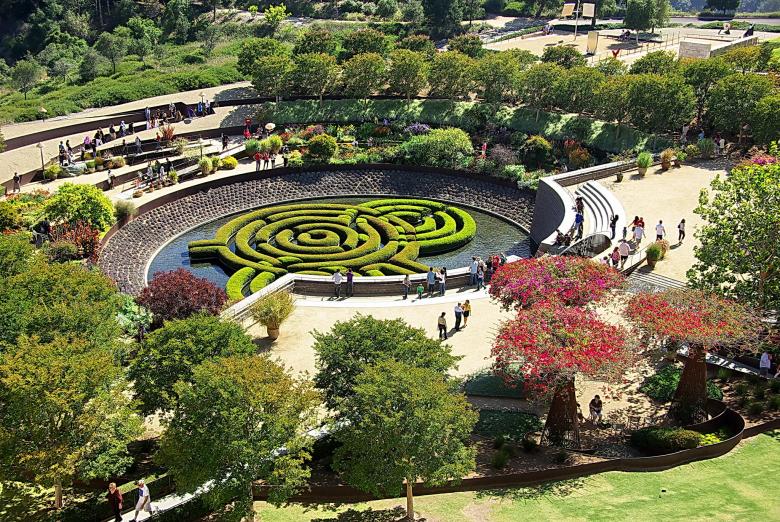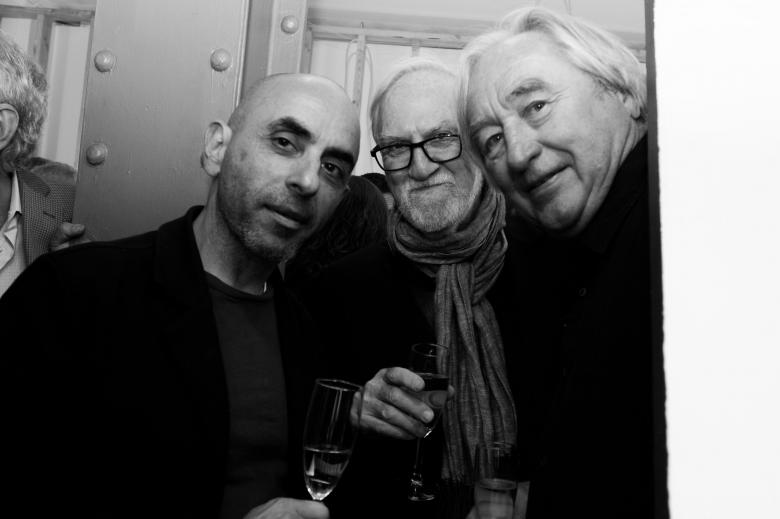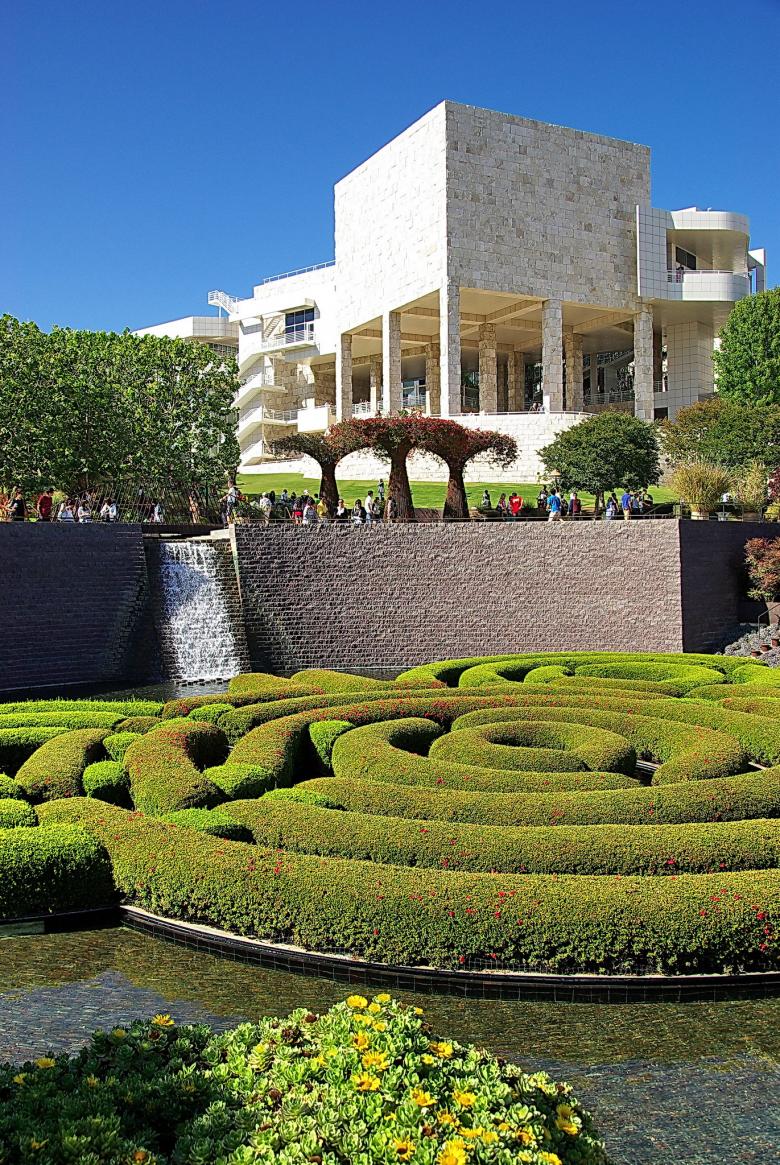Anthony Vidler, architectural historian and former dean of the Irwin S. Chanin School of Architecture at The Cooper Union, died on October 19 at the age of 82. And on October 25 artist Robert Irwin, known for site-specific, architectural interventions, died at the age of 95.
It was just two weeks ago that we were mourning the passing of two important individuals in the fields of architecture and design: landscape architect Harriet Pattison and designer Andrea Branzi. Last week also saw the death of architect, educator, and theorist George Baird. Since then two outsized voices in architectural history and installation art have died: Anthony Vidler and Robert Irwin.
Anthony Vidler, 1941–2023
Architetural historian and educator Anthony Vidler was one of the most respected and prolific scholars on the East Coast of the United States over the last half century. Vidler grew up in Essex, England, and earned bachelor's and master's degrees at Cambridge, followed by a PhD in Architectural History and Theory from Delft University of Technology, before he emigrated to the US in the 1960s. He started his academic career Stateside at Princeton University’s School of Architecture in 1965, staying there until 1993 and notably serving as the first director of its History and Theory PhD program. Vidler then headed to UCLA in 1993 to chair the art history department, but he returned to the East Coast after John Hejduk, longtime dean of the Irwin S. Chanin School of Architecture at The Cooper Union, died in 2000. Vidler took on the role of acting dean and was eventually made dean in 2002, serving in that role until his retirement in 2013. After his “retirement,” he stayed on the Cooper Union faculty and was also a visiting professor at Princeton.
For those not educated at Princeton University, The Cooper Union, Brown, Yale, Cornell, and the other universities where Vidler taught over five decades, his scholarship reached them via the books he wrote and the many essays he contributed to academic journals and books. Vidler wrote around a dozen books, the firsts coming in 1987: Ledoux, published by Hazan, and The Writing on the Walls: Architectural Theory in the Late Enlightenment, published by Princeton Architectural Press. These books clearly expressed his interest in 18th-century French architecture, but later books applied his scholarship on the Enlightenment and other historical theories to contemporary architecture, most notably The Architectural Uncanny: Essays in the Modern Unhomely and Warped Space: Art, Architecture, and Anxiety in Modern Culture, published by the MIT Press in 1992 and 2000, respectively. His last book, Scenes of the Street and Other Essays (Monacelli Press, 2011), collected a few of the hundreds of essays, articles, and reviews he had written over the decades.
Remembrances of Vidler describe him as “a scholar of renown” (Cooper Union), “a wonderfully generous colleague” (Guido Zuliani), and “a pioneering historian and critic of modern and contemporary architecture, an academic who helped shape the discipline” (Princeton), though it's also worth noting the importance of photography in his life. If I every spied Vidler in New York City — at a lecture at The Cooper Union, at the Storefront for Art and Architecture, or elsewhere — most assuredly he had a Leica around his neck. To wit, Macfilos, a website devoted to Leicas, mentioned Vidler's death last week, describing him as a “loyal reader of Macfilos” and a frequent commenter on posts about his favorite cameras.
Vidler is survived by his wife Emily Apter, his son Nicolas Apter-Vidler, his brother Richard Vidler, and two daughters from his first marriage, Anna and Sarah Vidler, along with three grandchildren (Sam, Penni, and Tobey) by his late son Ben. This according to Architectural Record, which also indicates that Emily Apter, a professor of French and comparative literature at New York University, said Vidler had been ill with B-Cell Non-Hodgkin lymphoma.
Robert Irwin, 1928–2023
The first display of Robert Irwin's art took place in 1957, when his paintings were included in a group show at the Los Angeles County Museum; the native of Long Beach, California, was not yet thirty. More than sixty years later, in 2020, Irwin's “swan song” took place at Pace Gallery in New York City: Unlights, an exhibition of “drawings” the 91-year-old made with coated, yet unlit fluorescent lightbulbs. The art he created between these gallery showings is dramatically different, far from traditional paintings or lines of color hung on walls. Light and space, experience, perception, and ephemeral are just a few of the words describing the site-determined — a term he preferred to site-specific — art attributed to Irwin. World-Architects was able to see one of the gel-covered, fluorescent-tube “drawings” at an exhibition in 2018, but all it and the other sketches and maquettes in the show did was accentuate how important it is to experience Irwin's installations in the flesh.
No doubt, the Irwin creation most familiar to architects is the Central Garden at the Getty Center; familiar because it's appended to the much-trodden Getty Center designed by Richard Meier, but also because Irwin's landscape controversially contrasts with Meier's rigid geometries and planar surfaces. Reportedly, Irwin was inspired as much be Meier's design for the Getty as he was by the natural features of the hilltop site, such that both aspects determined his artistic landscape in water, plants, flowers, and sculptural forms. Nevertheless, the colorful contrast with Meier's architecture is both palpable and appealing.
Though not his swan song, a recent work that we described back in 2018 as his magnum opus is Untitled (Dawn to Dusk), completed in 2016 at the Chinati Foundation in Marfa, Texas. It was originally envisioned as a site-determined reworking of a former hospital on the site, but the structural integrity of the building led to its demolition and Irwin's creation of a new, nearly matching building on its old C-shaped footprint. The resulting artwork, which we described as “a piece of art-architecture: a building that serves as a piece of art,” consists of three corridors that visitors move through, the light through the windows and scrim walls changing from dark to light. The otherwise unadorned spaces of Untitled (Dawnt to Dusk) are all about light and space, movement and perception — the foci of his influential artworks.
Irwin's death comes, coincidentally, one week after the theatrical release of Robert Irwin: A Desert of Pure Feeling, a 92-minute documentary on the artist directed by Jennifer Lane.


